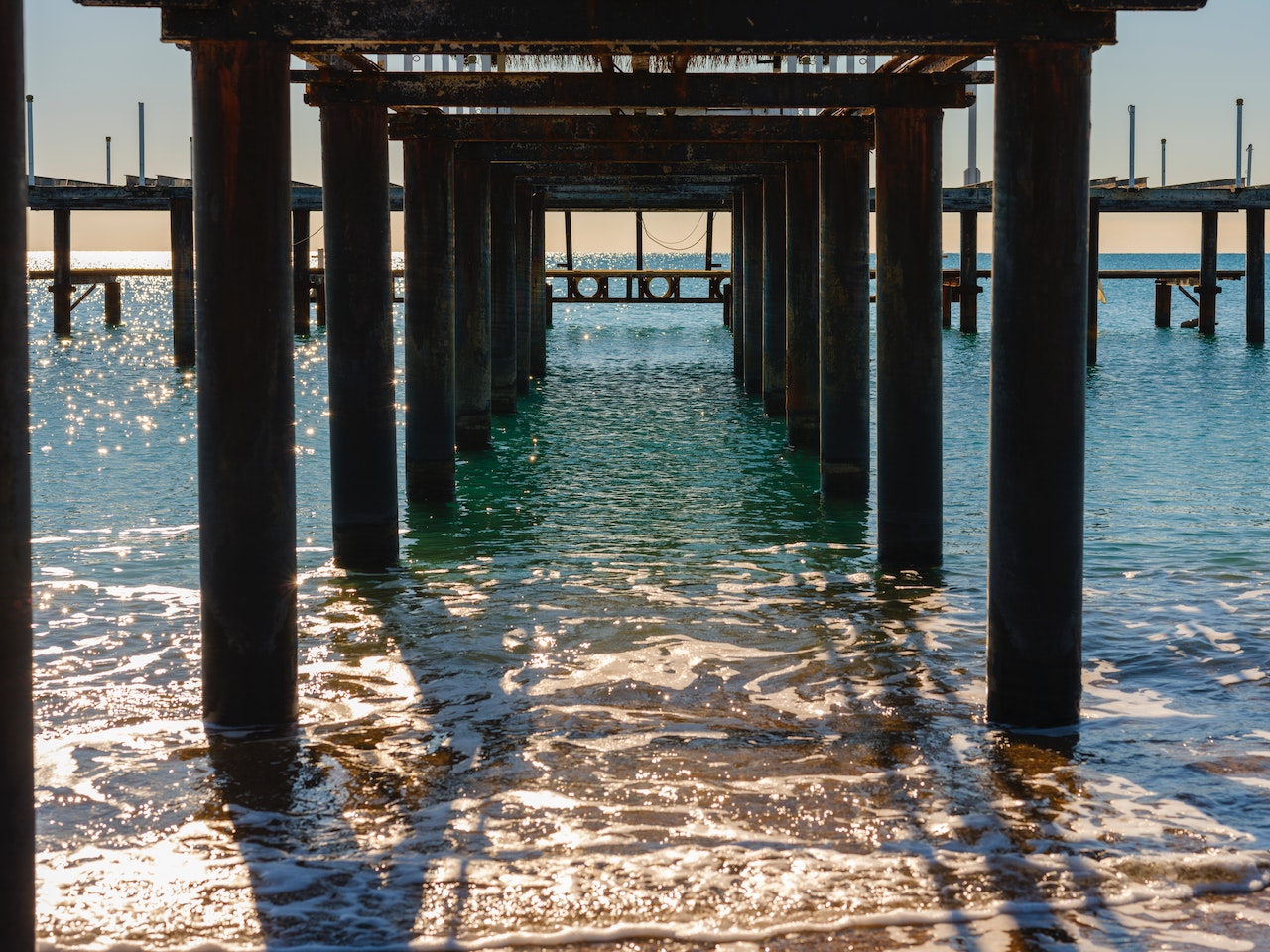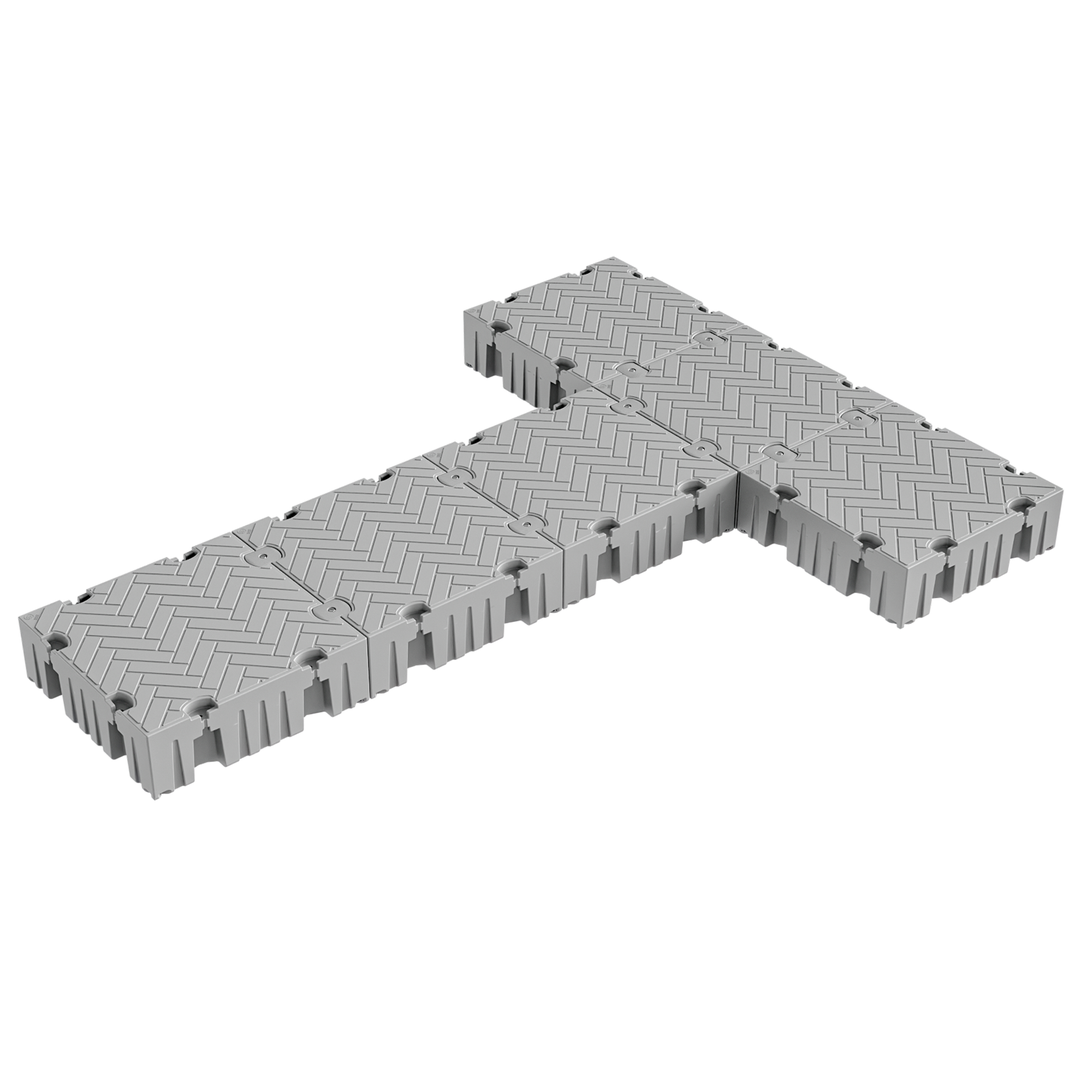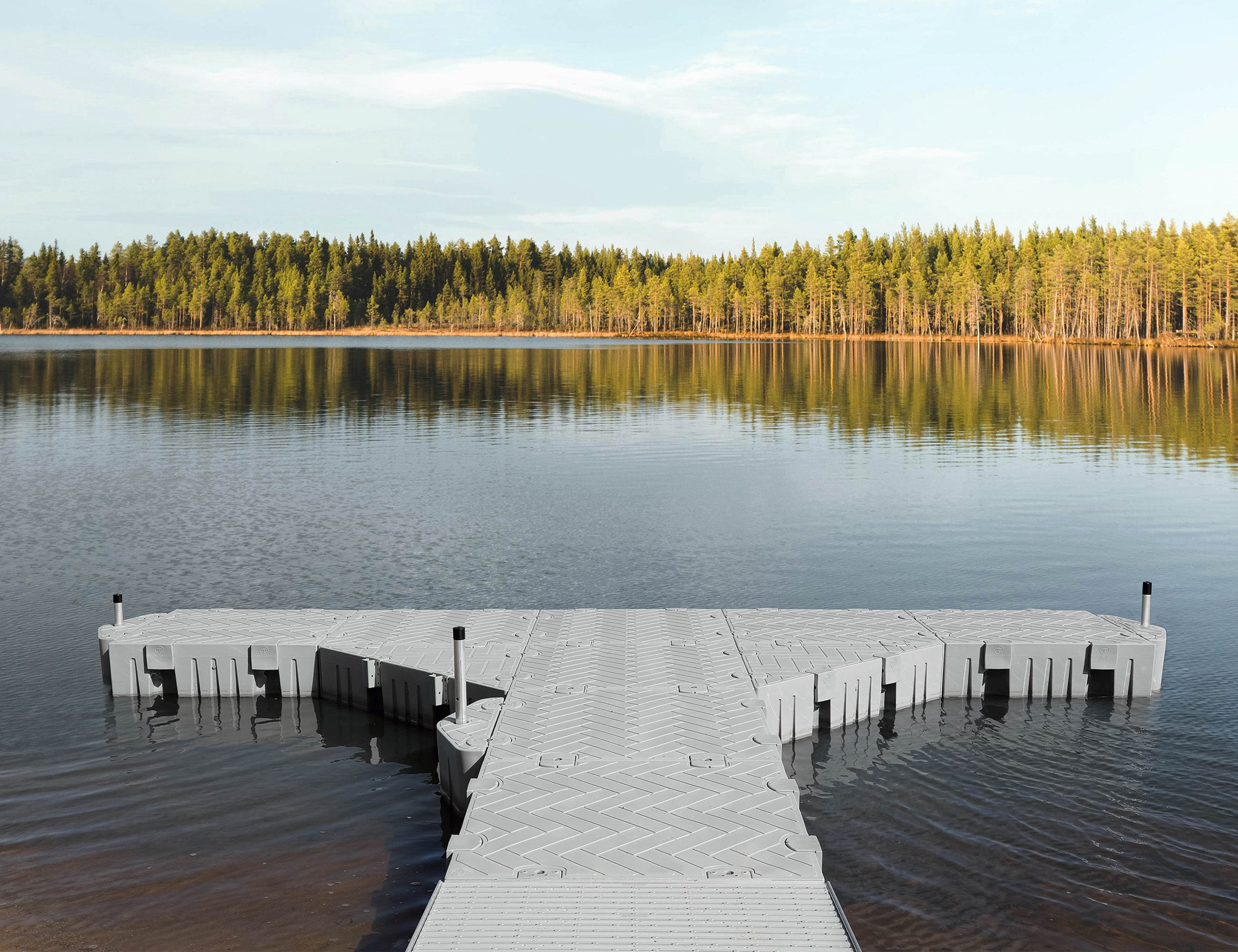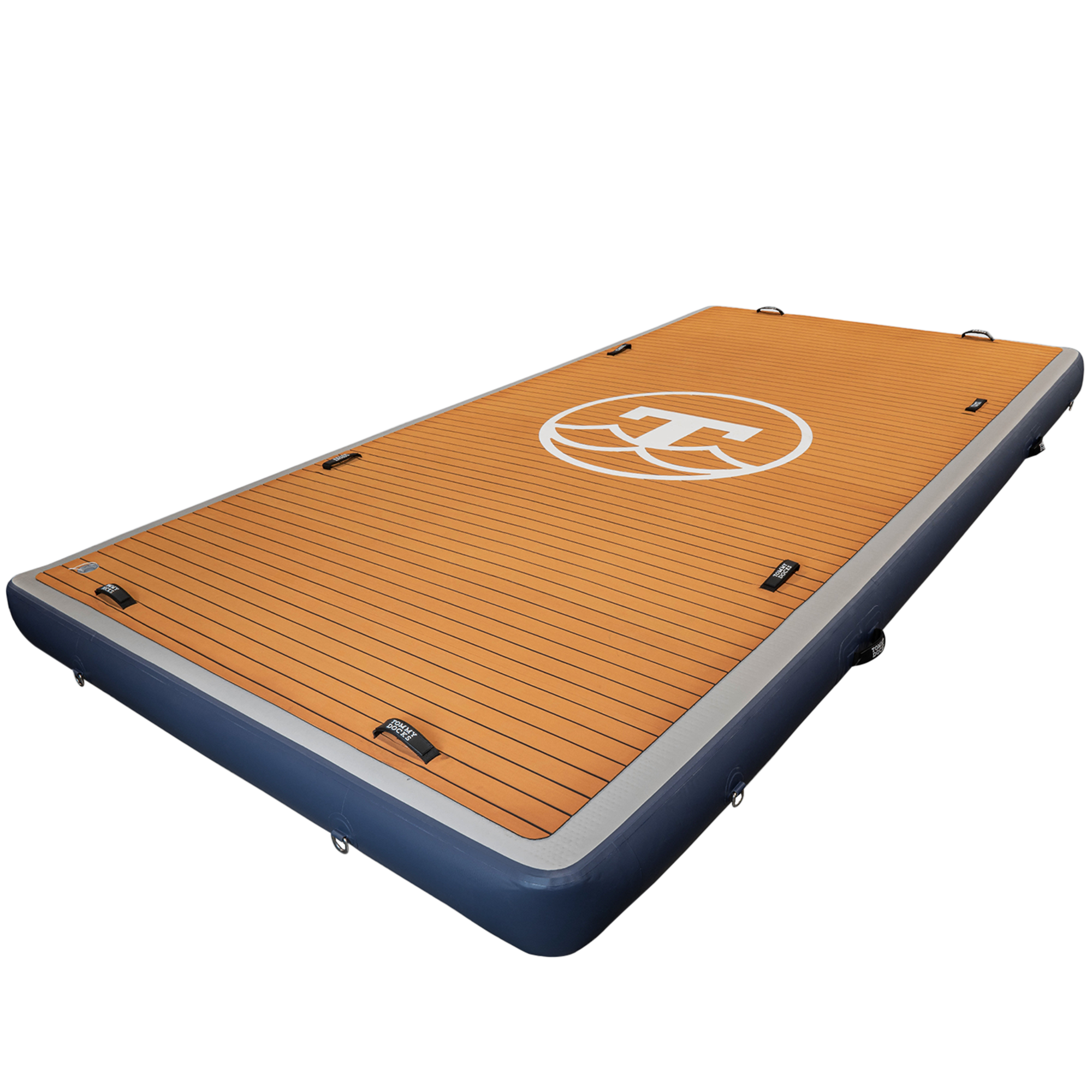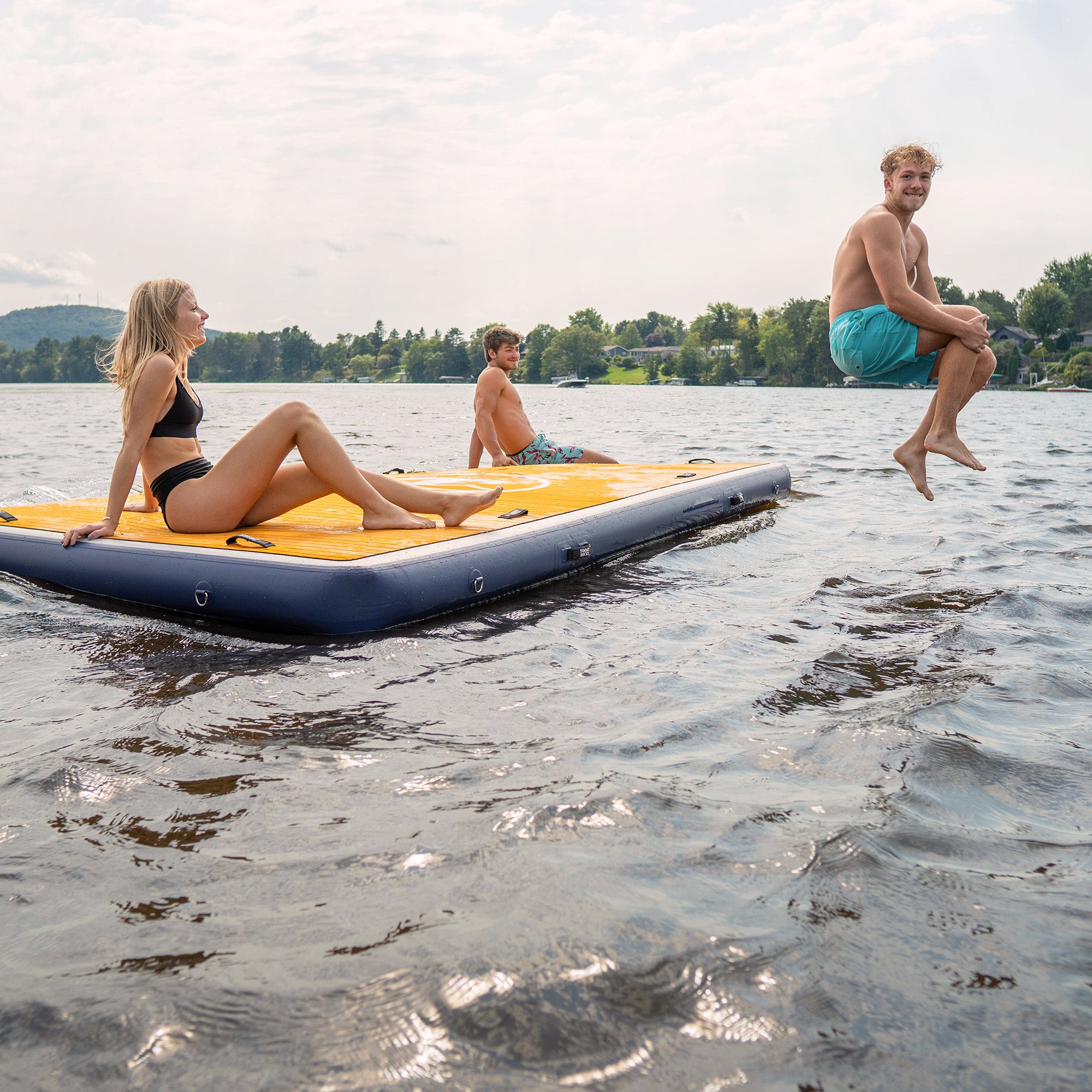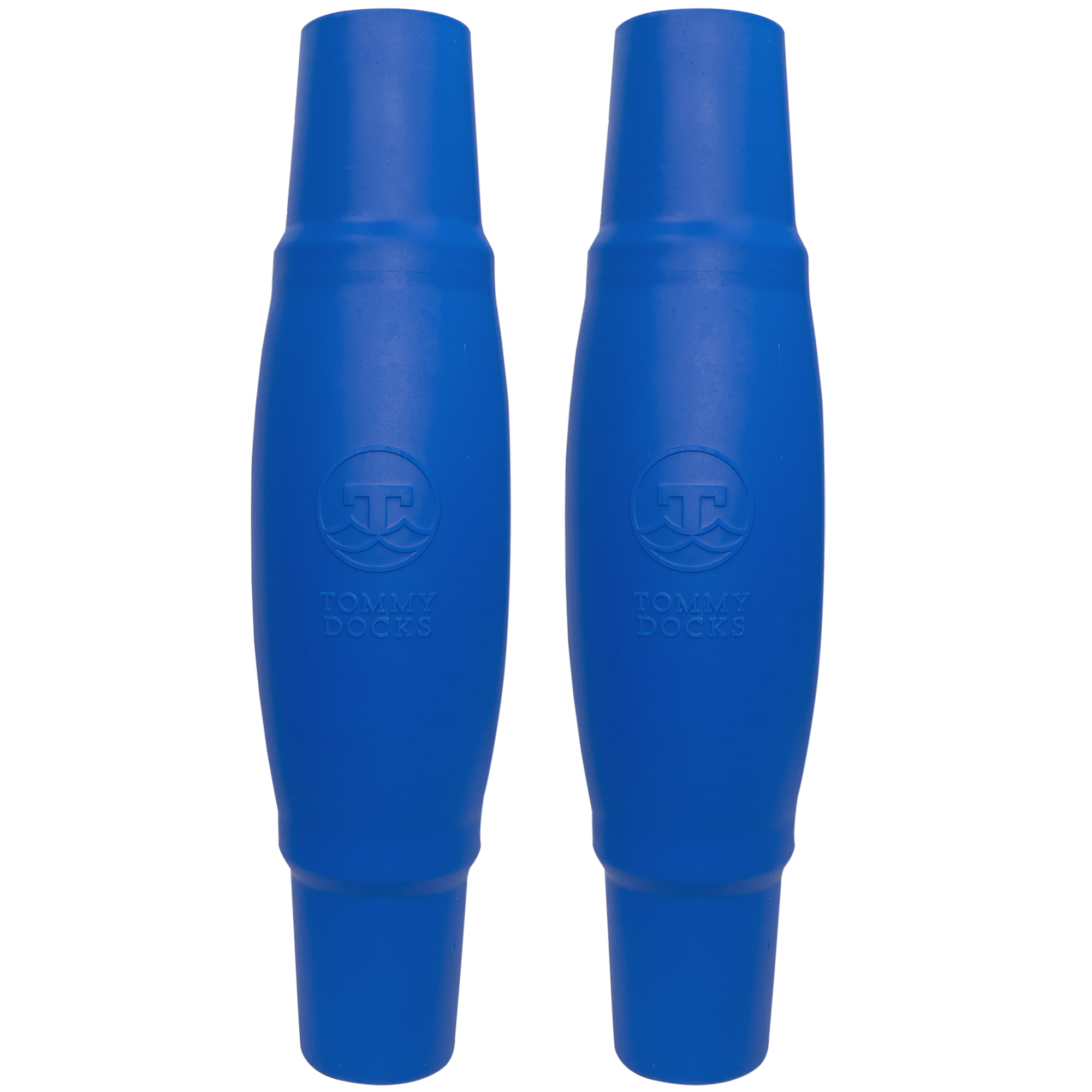Dock posts are fundamental to the integrity and stability of your dock, whether you're setting up a modest fishing platform, an extravagant boat dock, or anything in between. It's not just about erecting a dock; it's about building a safe, sturdy, and long-lasting dock that can stand up to the rigors of both daily use and weather-related challenges. In this article, we will discuss everything you need to know about dock posts, from their appropriate depth and installation in water to the specific method of using auger posts for your dock.
Determining the Appropriate Depth for Dock Posts
The depth of dock posts plays a crucial role in the stability and durability of your dock. But how deep should these dock posts be buried?
In general, the depth of your dock posts should be determined by the conditions of your specific location, including factors like water depth, freeze lines, and seabed conditions. Most professionals recommend that the dock posts should be driven at least 4 to 6 feet into the seabed. However, in locations where the water freezes and there's a risk of frost heaving, the dock posts should be buried below the frost line to prevent movement.
Remember, this is a general guideline, and site-specific conditions should always take precedence when determining the depth of dock posts.
Installing Dock Posts in Water
The installation of dock posts in water is a not-so-delicate process, requiring both patience and a good understanding of the conditions in which you're working. Of course, first, you want to make sure you have all of the right dock hardware.
- Preparation: Before starting, you should have a clear understanding of the water's depth, the type of seabed, and any potential obstacles under the water.
- Marking the Location: Once you've prepared, use a marker buoy to denote the exact location where each post will go.
- Driving the Dock Posts: Using a pile driver, a piece of heavy equipment that applies downward force, you can drive the posts into the seabed. Make sure the posts are plum and level as you drive them down.
- Check Regularly: Check the alignment of the post regularly as you drive it into the ground. Adjust as needed to maintain its vertical position.
- Securing the Posts: Once the posts are in place, it's time to stabilize them. This might involve bracing, or in some cases, encasing the post in a cement footer for additional stability.
The Auger Posts Approach
Auger dock posts provide a practical and secure solution for dock construction. These posts are essentially long metal screws that burrow into the seabed, providing a secure anchor for the dock.
To install auger posts, you'll need a dock post auger, a tool designed to drill into the ground. The process is similar to installing standard dock posts, but with an added twist - literally.
- Attach the Auger: First, attach the auger to the bottom of the dock post.
- Position the Dock Post: Next, position the dock post where you want it and ensure it's vertical using a level.
- Screw in the Post: Using the auger, start turning the post clockwise to screw it into the ground. Make sure you maintain the post's vertical alignment as you screw it in.
- Secure the Dock Post: Once the auger post is at the right depth, secure the dock post to the dock structure.
The installation process can vary based on the type of dock post and specific environmental conditions, so always consult with a professional or experienced person if you're unsure.
The Finishing Touches: Ensuring Dock Post Longevity
After successfully installing your dock posts, maintaining their longevity should be a top priority. This includes regular inspections for signs of wear, erosion, or instability. Applying a good quality marine sealant can also help protect the wood from water damage, extending the life of your dock posts.
While setting up dock posts might seem daunting at first, with a bit of knowledge, the right tools, and patience, you'll be able to erect a dock that not only meets your needs but also stands the test of time.

